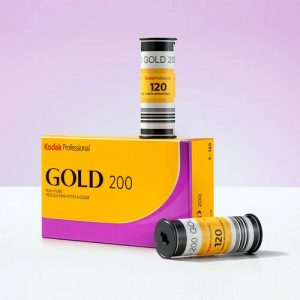Ikigaifilmlab branded products like Ilford HP5 Bulk Roll | Ektachrome 100 Film
Professional Ilford HP5 Bulk Roll Film Processing by Ikigai Film Lab Ikigai Film Lab is a film processing lab that offers high-quality development services for photographers who shoot on film. One of the most popular film stocks they process is Ilford HP5 , available in bulk rolls for cost-effective shooting. HP5 is a versatile black-and-white film known for its excellent contrast and sharpness, making it a go-to choice for many photographers. With Ikigai Film Lab's expertise and attention to detail, photographers can trust that their HP5 bulk roll will be processed to the highest standard, producing stunning images with a classic, timeless feel. Expert Ektachrome 100 Film Processing by Ikigai Film Lab Ikigai Film Lab is a professional film processing lab that specializes in developing high-quality film for photographers. They offer processing services for various film stocks, including Ektachrome 100, a color reversal film known for its vibrant colors and fine grain. Ektachrome 1...


